What the Inverted Yield Curve Means for CRE
Recession fears loom with investors piling into long-term government bonds, but the implications for commercial property are a mixed bag.
Investors have set off a key warning beacon about the health of the U.S. economy this week with the inversion of the Treasury yield curve, suggesting that a recession is in the wings. But while a downturn would likely drive weakening property market fundamentals, it may be too soon for the commercial real estate industry to start bracing for disaster.
On Wednesday, the yield on the benchmark 10-year Treasury note slipped below the 2-year rate for the first time since 2007. The move was linked to an 800-point plunge in the Dow Jones Industrial average, its biggest one-day fall in 2019. Yield curve inversions are closely watched, as they typically predate recessions by five to 18 months. Another key part of the yield curve, the spread between the 10-year and 3-month rate, inverted earlier this year.
But the picture for the economy at large, and commercial real estate in particular, is far more nuanced than this reliable harbinger of downturns would suggest. Despite a host of troubling signs including trade tensions, a slowing global economy, and financial market volatility, the U.S. economy appears to be doing well, from respectable GDP growth in the second quarter to robust employment data.
“If you look now, the traditional causes of a recession aren’t that threatening,” said Ryan Sweet, director of real-time economics at Moody’s Analytics, in a conversation with Commercial Property Executive. “Right now, the one thing that could cause a recession would be a policy error.”
Fed lends a helping hand
Yield curve inversions do not cause recessions, but rather reflect the conditions that would lead to a downturn. The flattened curve does have a direct impact, however, on credit for the real estate sector.
“Typically, when you see a yield curve invert, banks begin to tighten lending standards, and they make fewer loans,” said Sweet. “You can see that already beginning to happen with some lending in CRE mortgages.”
In a departure from its standard practice of tightening monetary policy when the yield curve inverts, the Federal Reserve is still cutting interest rates. CBRE reckons that further cuts by the Fed, together with consumer confidence, should continue to support the economy and real estate markets. Moreover, the drop in interest rates is creating attractive opportunities in debt and structured financing.
The agency pointed out in a recent report that U.S. commercial real estate sales volume rose 3.4 percent year-over-year in the second quarter to $121.5 billion, while loan origination volumes are near record levels.
Silver lining in supply
Another positive for commercial real estate is the reasonable levels of supply in the market. “Generally speaking, in most property types, supply has been back to long-term historical averages,” said Stephen Boyd, senior director of U.S. Corporates—Real Estate & Leisure at Fitch Group. “It isn’t well above average levels, which is often what you see late in the economic cycle.”
“To the extent the economy softens, some property types will be disproportionally hurt,” he added. Property classes with shorter lease durations, such as hotels, are often cyclically sensitive. Industrial assets tend to have shorter lease terms, but supply can be cut off quickly in response to lower demand.
Self-storage is among the property types that sometimes do well during periods of economic dislocation, because people are losing their jobs and moving or downsizing their living space. “Generally speaking, the shorter lease duration property types is where you’ll see more cash-flow volatility,” said Boyd.

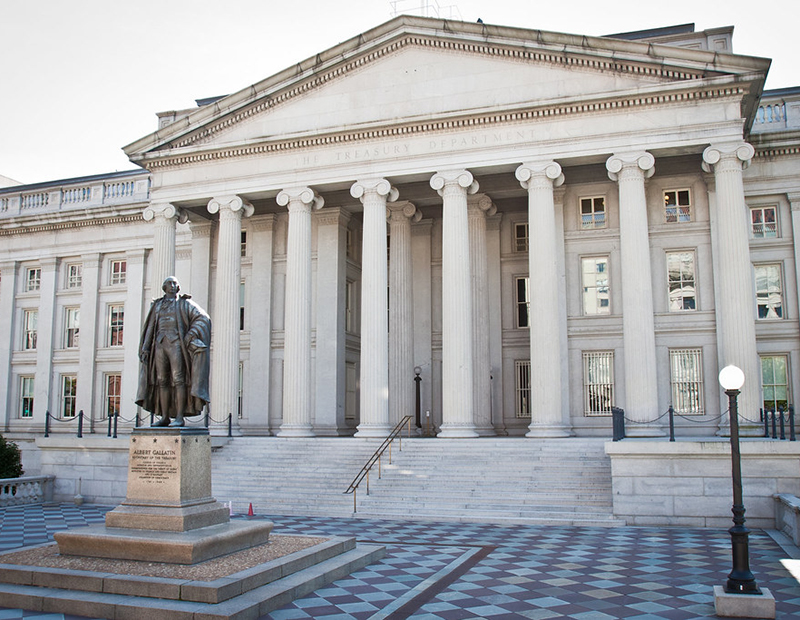
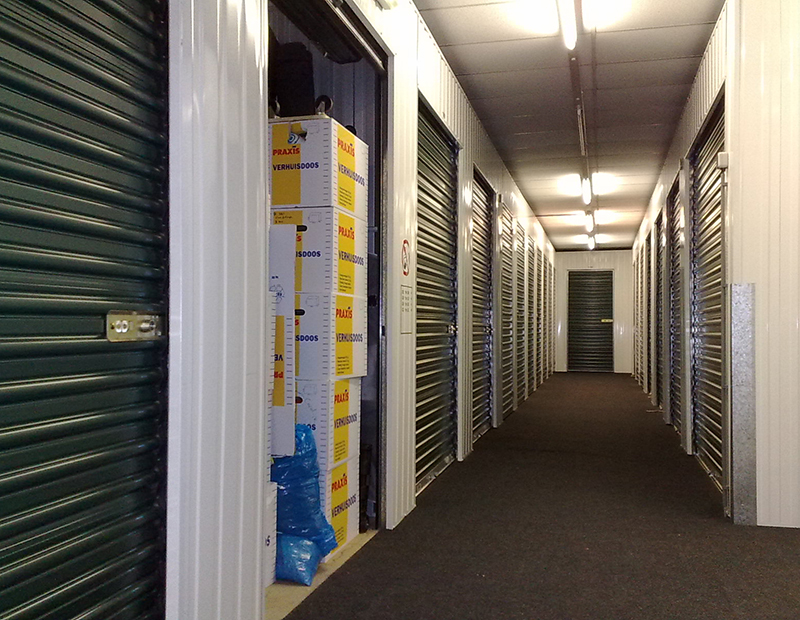
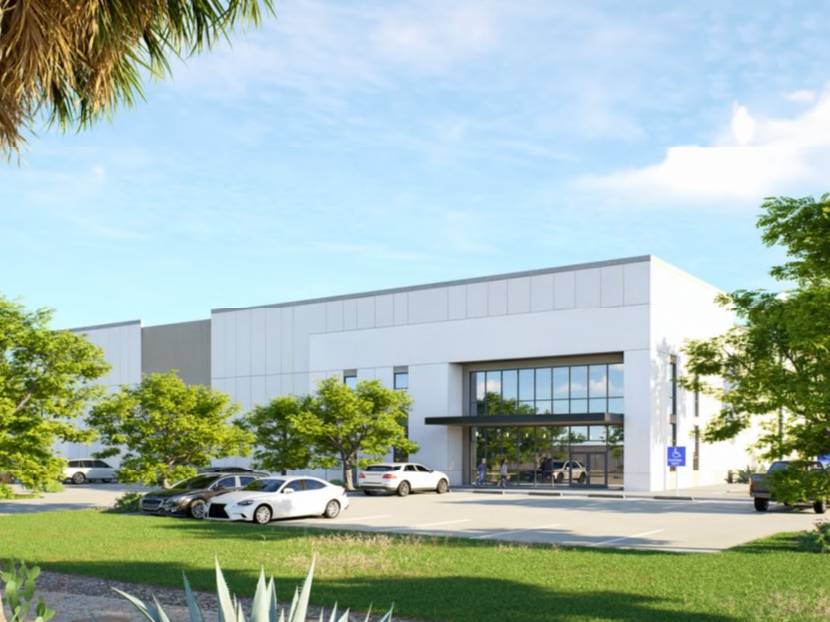

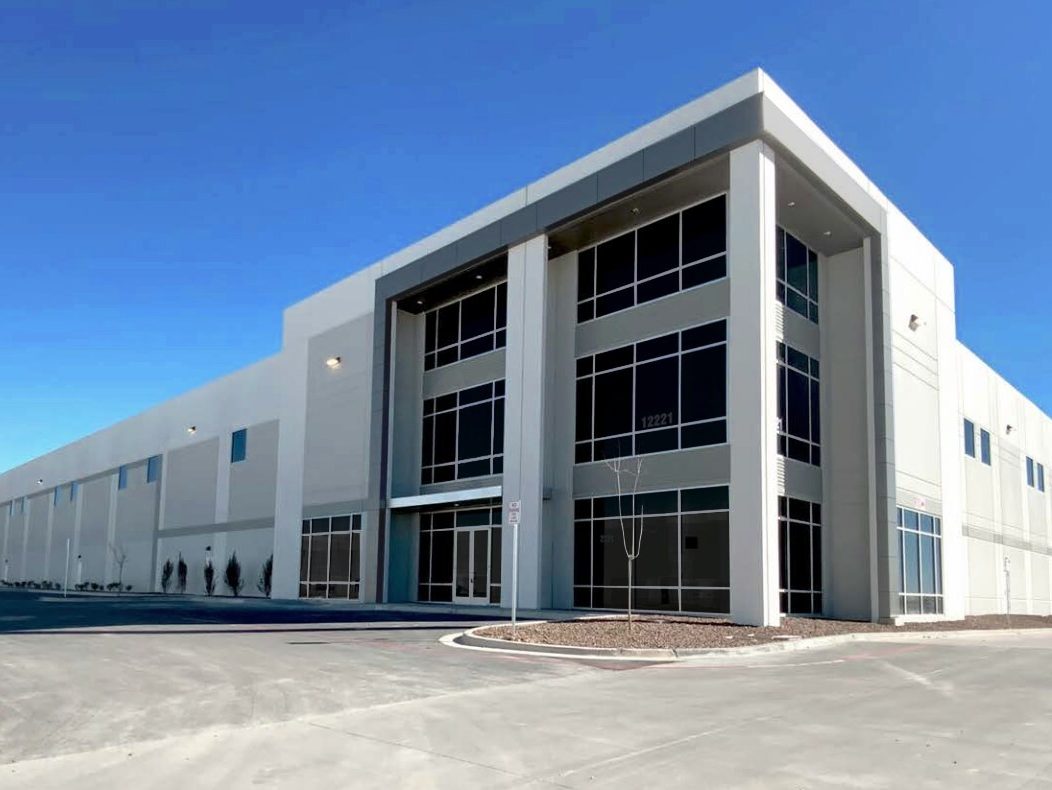
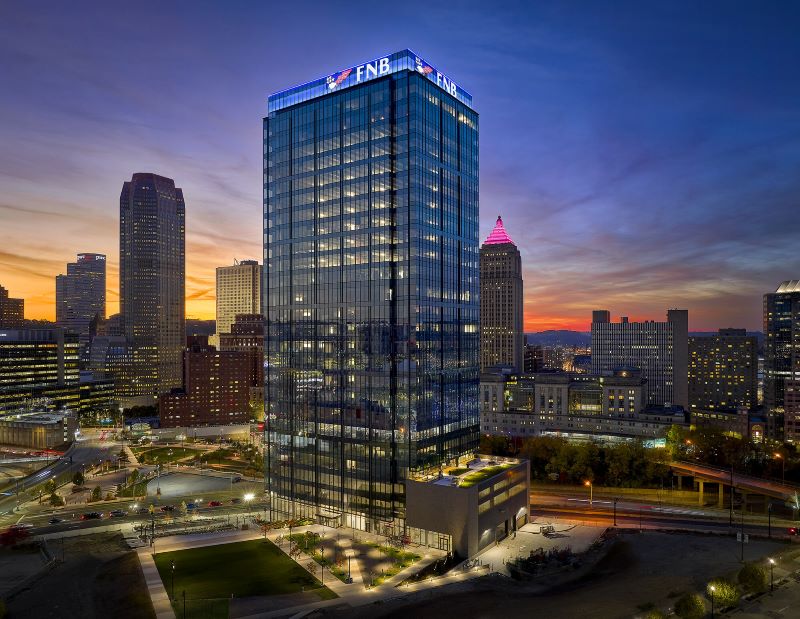


You must be logged in to post a comment.